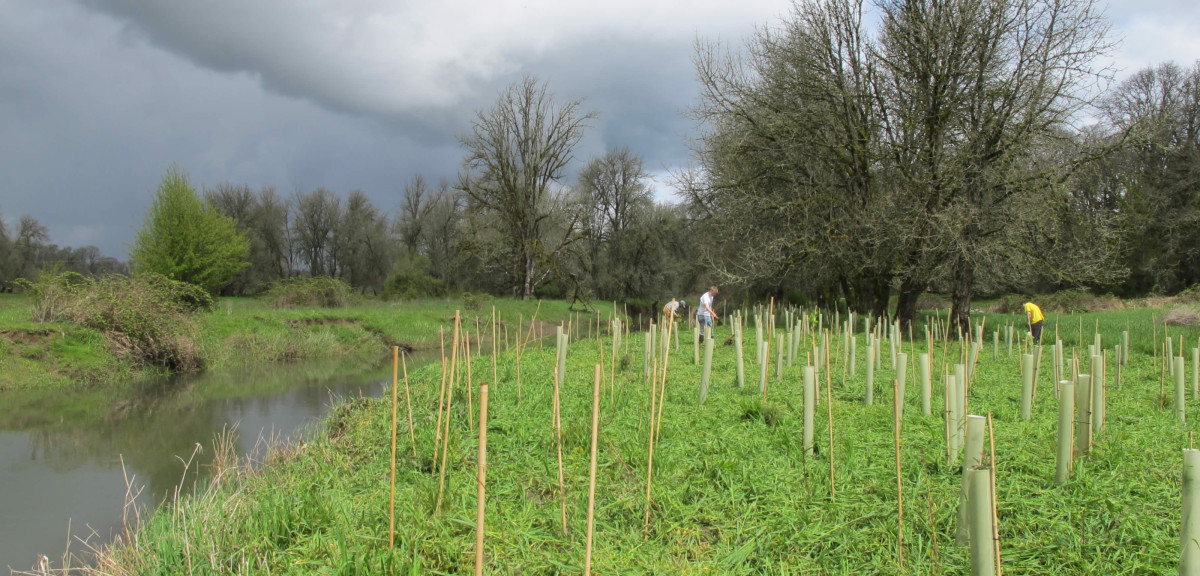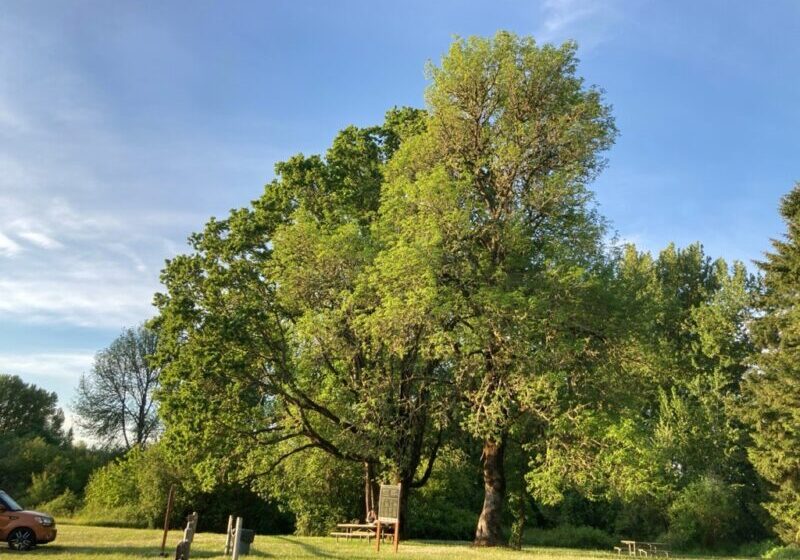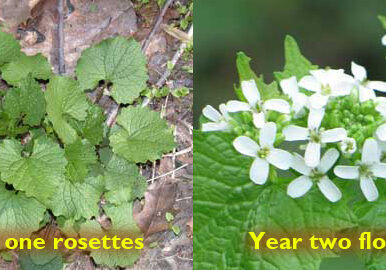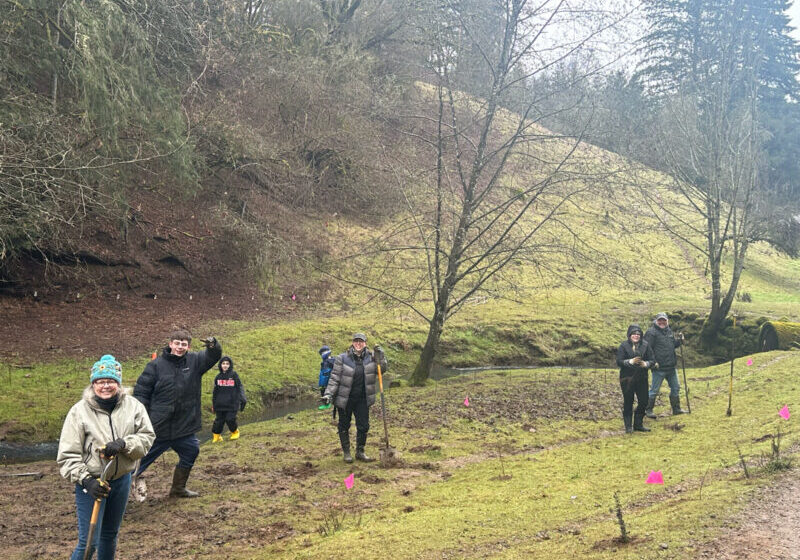Erosion is the process that occurs when soil and other land matter is disturbed by either human activity or natural conditions such as extreme weather. When land erodes, it is carried from its original location into streams and rivers, where it disrupts spawning areas, pollutes water, and reduces flood channel capacity. In addition to creating problems by its presence in streams, the land from which it originally came suffers from a lack of nutrients. Most eroded material is topsoil, which is necessary to sustain healthy plants. Once land erodes, it can take hundreds of years to reform naturally. Common human causes of erosion include poorly designed roads, inadequate drainage facilities, poor grading practices, no revegetation practices, and invasive plant species.
What Can I Do To Prevent Erosion?
Thankfully, there are several things you as a landowner can do to prevent erosion on your property. Below is a short list of erosion control tips to get you started:
Incorporate existing native vegetation into the landscaping plan for new developments.
Existing native vegetation requires the least care of any planting materials. Native plants require little or no watering or fertilizer and grow on difficult sites. Care should be taken in working around trees to prevent damage. Be sure to use native plants with roots at various depths to assist in stabilization. Though each site will be unique, consider incorporating plants that spread well or require less soil, e.g. bunchberry, sword fern, red-flowering currant, Pacific ninebark, nootka rose, and Oregon grape.
Plant grass seed or other vegetation before the fall rains begin.
Plant a grass/legume seed ground cover on all exposed areas and cut/fill slopes to create a vegetated buffer. Plant in fall, winter or early spring depending on the variety – make sure to check with the nursery providing vegetation for the best time to plant. On slopes greater than 20 percent use netting and straw mulch to hold the soil and prevent loss of grass seed while native plants are establishing. Straw mulch will provide erosion control and moisture conservation.
Do preserve trees, shrubs and ground cover in streamside areas.
Streamside vegetation can catch and hold sediment before it enters the stream. Roots of plants help hold the soil and reduce bank erosion. Streamside plants also provide food and shelter for wildlife as well as filter pollutants in stormwater runoff. Preserve streamside vegetation for its value in erosion control, wildlife habitat and pollution filtration.
Remove invasive plant species and replace with native plant species.
Many of the streams throughout Portland are being invaded by non-native invasive plant species like Himilayan Blackberry and English Ivy. These plants have weak root systems that do not provide ample erosion control. These plants also out-compete native plants and wreak havoc on our native ecosystems. Remove invasive plants species and replace with a diverse stand of native plant species with varying root depths and densities for greater erosion control and wildlife habitat.
Adapted from Western Shasta Resource Conservation District (http://www.westernshastarcd.org/Erosion.htm)
For more tips on land care, habitat, and conservation, be sure to follow us on Facebook and Twitter.



